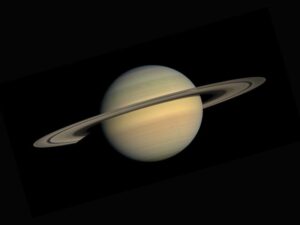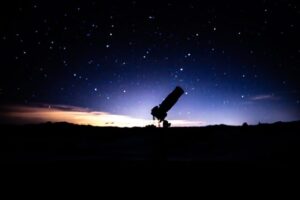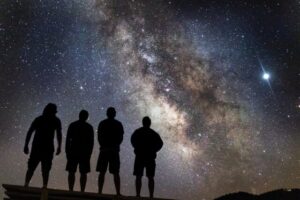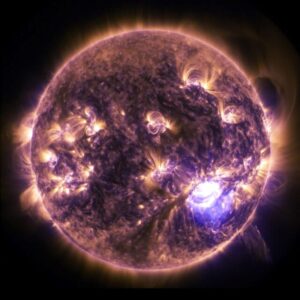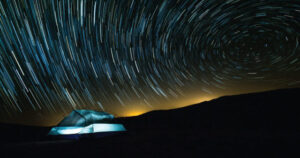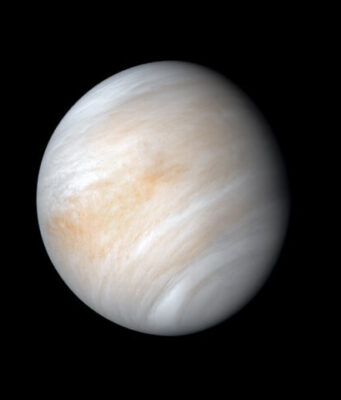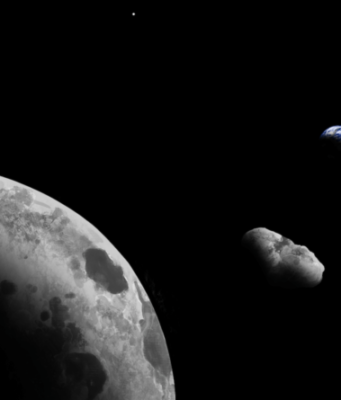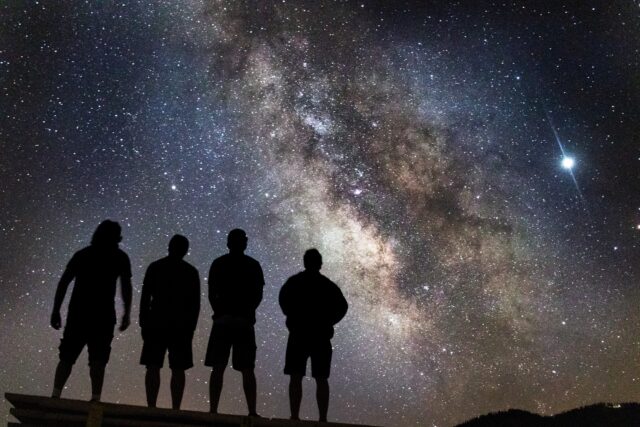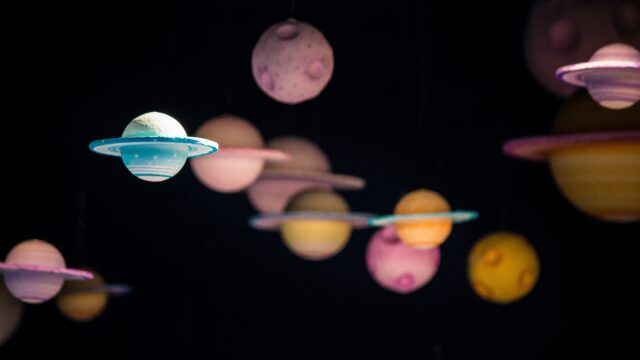When a black hole passes between us and a distant galaxy, the galaxy may be fine, but its image may never escape. Since light rays may curve around the event horizon of a black hole several times, distant observers...
At the center of our Milky Way lies a supermassive black hole (SMBH) called Sagittarius A* (SgrA*). Supermassive black holes reside at the centers of most galaxies, and when they actively accrete gas and dust onto their surrounding hot...
Have you seen Jupiter's aurora? Researchers combined close-up observations of Jupiter's environment by NASA's satellite Juno, which is currently orbiting the planet, with simultaneous X-ray measurements from the European Space Agency's XMM-Newton observatory (which is in Earth's own orbit)....
Goldilocks planets are the ones that may support complex life. This is due to their location in the Goldilocks Zone which is a habitable zone located in the right range between the star and its planets.
Planets which are tilted...
'Snowball Earth' is the most extreme climate event in Earth's history, when it was completely engulfed in ice. The theory of its existence has faced two challenges - how life survived and variations in rock formations from the time...
A study published in Nature Astronomy concludes that known geochemical processes can’t explain the levels of methane measured by the Cassini spacecraft on Saturn’s icy moon.
An unknown methane-producing process is likely at work in the hidden ocean beneath the icy shell...
A study led by Iain McDonald of the University of Manchester, UK, (now based at the Open University, UK) used data obtained in 2016 during the K2 mission phase of NASA's Kepler Space Telescope. The study team found 27...
Palomar 5 is a unique star cluster. In a new paper, astrophysicists show that distinguishing features of Palomar 5 are likely the result of an oversized black hole population of more than 100 of them in the center of...
A new study disputes the prevailing hypothesis on why Mercury has a big core relative to its mantle. For decades, scientists argued that hit-and-run collisions blew away much of Mercury's rocky mantle and left the big, dense, metal core...
Japanese astronomers have developed a new artificial intelligence (AI) technique to remove noise in astronomical data due to random variations in galaxy shapes. After extensive training and testing on large mock data created by supercomputer simulations, they then applied...
Our universe is expanding, but our two main ways to measure how fast this expansion is happening have resulted in different answers. For the past decade, astrophysicists have been gradually dividing into two camps: one that believes that the...



